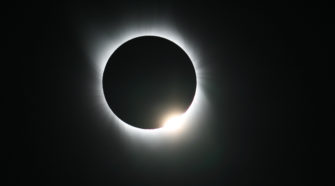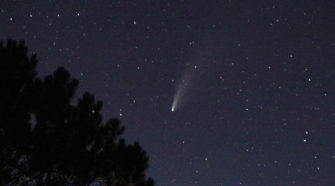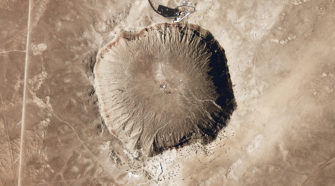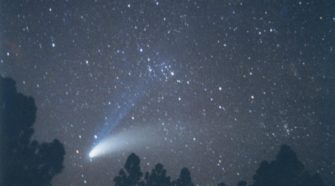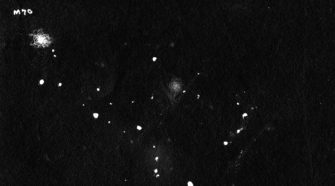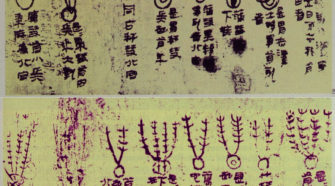This Week in History: July 26-August 1
JULY 28, 2014: The Pan-STARRS program in Hawaii discovers the centaur designated as 2014 OG392; it has an orbital period of 42.8 years and will pass perihelion in November 2021 at a heliocentric distance of 10.0 AU. An observational analysis published earlier this year indicates sustained cometary activity, however, this report was published too late …
Comet of the Week: NEOWISE C/2020 F3
Perihelion: 2020 July 3.68, q = 0.295 AU For the second time during the course of “Ice and Stone 2020” I have found it appropriate to swap out my originally intended “Comet of the Week” for a comet currently appearing in our skies. For the past three weeks, Comet NEOWISE has been putting on a …
Special Topic: Terrestrial Impact Craters
The “Special Topics” presentation six weeks ago on “Lunar and Planetary Impacts” discussed how the Italian astronomer Galileo Galilei noticed craters on the moon the first time he turned his recently-made primitive telescope towards that object. Indeed, almost any kind of optical aid, be this in the form of binoculars or a small telescope, will …
This Week in History: July 19-25
JULY 19, 2009: An unknown object, most likely an asteroid a few hundred meters across, impacts Jupiter, leaving a black “scar” in Jupiter’s atmosphere that persists for the next one to two weeks; the “scar” was first noticed by amateur astronomer Anthony Wesley in New South Wales. The “scar” was reminiscent of those produced by …
Comet of the Week: Hale-Bopp C/1995 O1
Perihelion: 1997 April 1.14, q = 0.914 AU This week’s “Special Topics” presentation discusses, among other things, how the practice of discovering comets has changed over the years. Up until a couple of decades ago a rather large percentage of the known comets were discovered by amateur astronomers regularly scanning the skies with relatively small …
Special Topic: Discoveries and Surveys
Up until a few centuries ago, all the comets that were seen by human beings were “discovered” via the unaided eye. It is unlikely that there were ever any search efforts for these objects, rather, when they appeared they essentially revealed themselves to the people who were alive at that time. Probably the closest thing …

